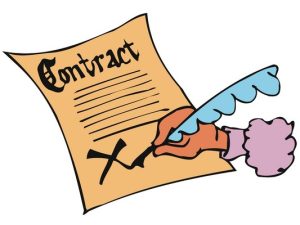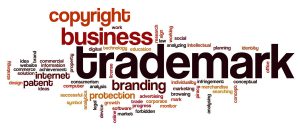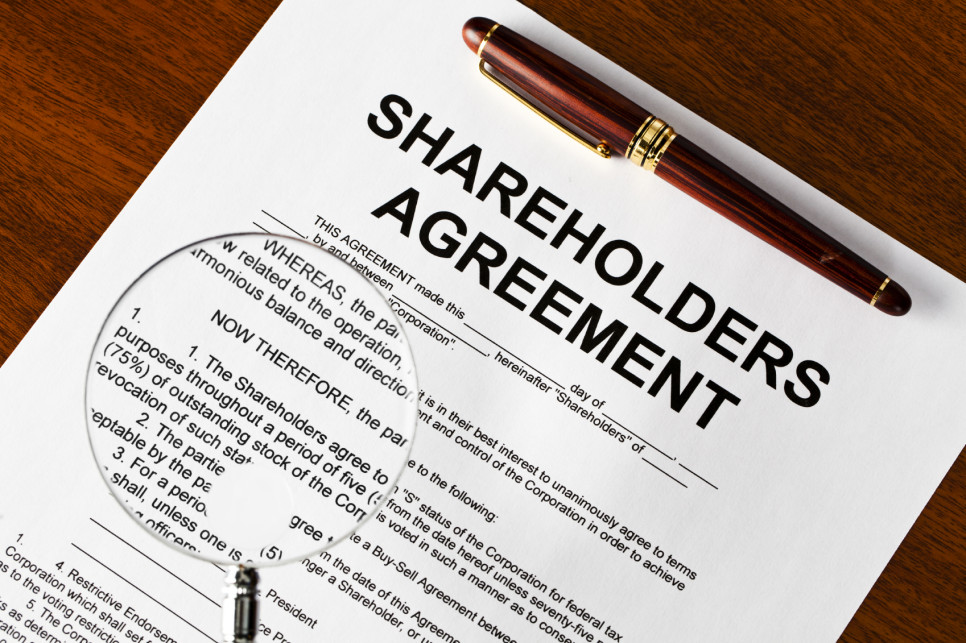
Small businesses face unique challenges when it comes to regulatory compliance. They may not have dedicated compliance staff or the resources to navigate the complex web of regulations that apply to their industry. As a result, small businesses are more likely to make compliance mistakes that can result in hefty fines and legal problems. In this article, we’ll discuss five common compliance mistakes that small businesses make and offer tips on how to avoid them.
MISTAKE #1: NOT UNDERSTANDING REGULATORY REQUIREMENTS
Small businesses often lack the knowledge and expertise needed to understand the regulatory requirements that apply to their industry. This can lead to a failure to comply with rules that are critical to their business, such as safety regulations or data privacy laws. To avoid this mistake, small businesses should take the time to research and understand the regulations that apply to their industry. They can also seek guidance from industry associations, trade organizations, or regulatory compliance consultants.
MISTAKE #2: FAILING TO KEEP ACCURATE RECORDS
Small businesses may not have a system in place for keeping accurate records, which is a critical aspect of regulatory compliance. Regulations require businesses to maintain accurate records to prove compliance with rules and regulations. Failure to do so can result in hefty fines and legal problems. Small businesses should invest in a record-keeping system that tracks compliance activities and maintains documentation of compliance efforts.
MISTAKE #3: IGNORING EMPLOYEE TRAINING
Employees are often the first line of defense when it comes to compliance. If employees are not trained on regulatory requirements, they may unwittingly violate rules and regulations, resulting in compliance problems. Small businesses should invest in regular employee training programs to ensure that employees understand the regulations that apply to their job functions.
MISTAKE #4: FAILING TO CONDUCT REGULAR RISK ASSESSMENTS
Risk assessments are critical to identifying compliance risks and taking steps to mitigate them. Small businesses may not have a formal risk assessment process in place, which can lead to compliance problems. Small businesses should conduct regular risk assessments to identify potential compliance risks and develop strategies to mitigate them.
MISTAKE #5: NOT HAVING A COMPLIANCE PLAN
Small businesses may not have a formal compliance plan in place, which can lead to compliance problems. A compliance plan outlines the policies and procedures that a business will follow to comply with regulations. Small businesses should develop a compliance plan that outlines the steps they will take to comply with regulations, including record-keeping, employee training, risk assessments, and monitoring.
CONCLUSION:
Small businesses face unique challenges when it comes to regulatory compliance, but there are steps they can take to avoid common compliance mistakes. By investing in employee training, developing a compliance plan, conducting regular risk assessments, maintaining accurate records, and understanding regulatory requirements, small businesses can ensure compliance with regulations and avoid legal problems and fines.
Regville Associates offers end-to-end legal, secretarial, tax and compliance service for companies. Our services aid companies in achieving and sustaining compliance with regulations.
Feel free to contact us.
Tolulope Oguntade Regville Associates info@regville.com 08065111667








